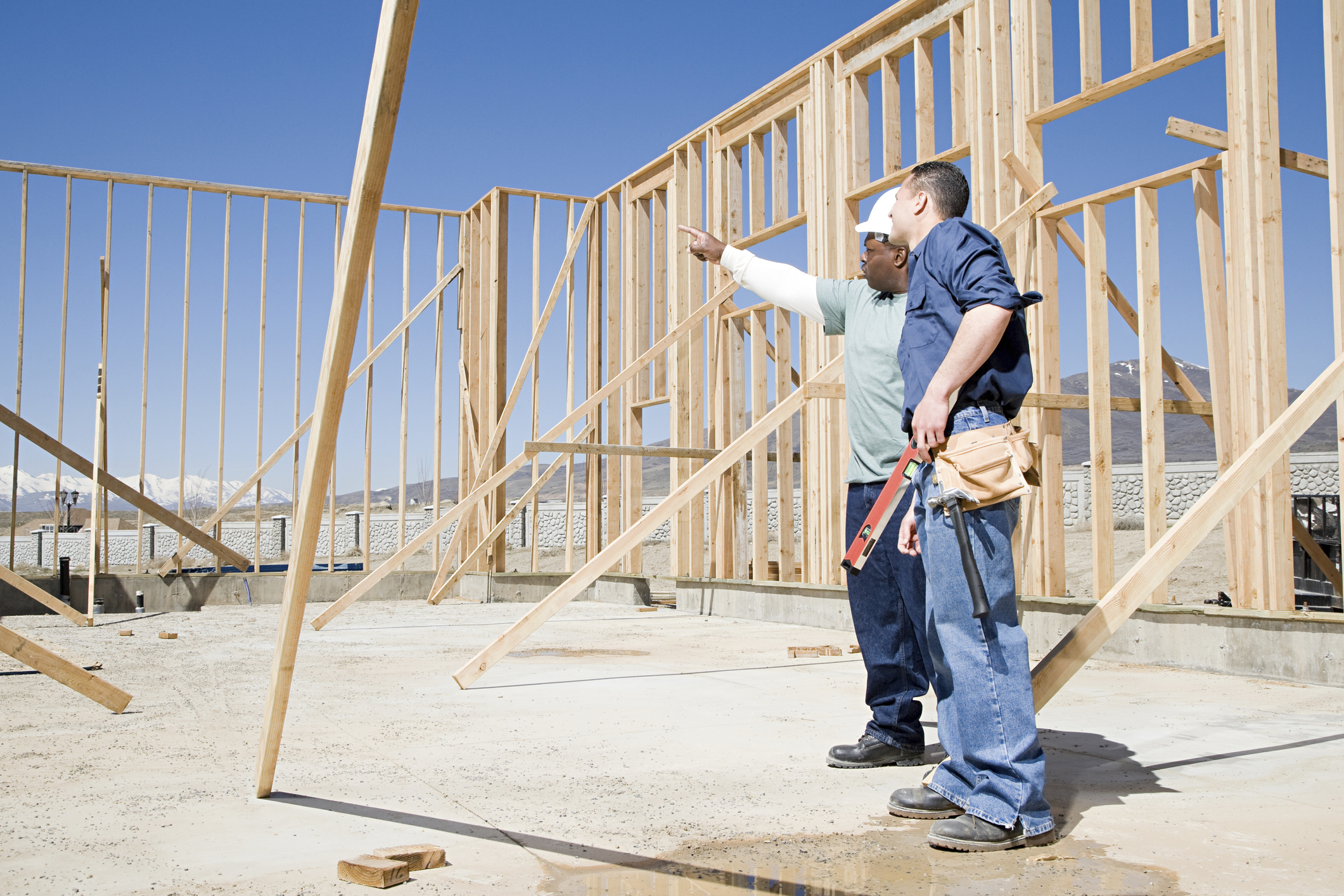How to Choose the Best Flooring
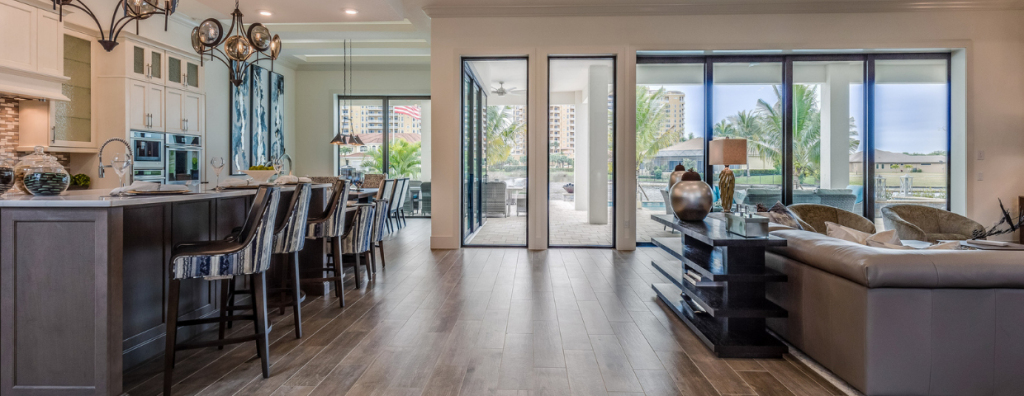
Flooring is a key component of a home’s design and can often be the centerpiece of a renovation or remodel. Because it covers such a large surface area it will significantly impact the look and feel of your home, so choosing the right material can be stressful. Weigh your options before making a decision. Learn about the different types of material, assess your budget, and form a plan for installation.
How to Choose the Best Flooring
Room Function
How you spend time in any given room will help you decide which type of flooring is best. In your home office, choose the flooring that best accommodates your working needs. Carpet can be comforting while hardwood and laminate are more durable. Entryways, mudrooms, playrooms, and pet rooms will undoubtedly see their fair share of dents, cracks, and dings, so a resilient material is best for these areas. Consider materials that are strong and easy to clean, such as tile. The kitchen is a high-traffic area that is constantly being cleaned and re-cleaned. Explore solid yet easy to clean materials like vinyl, hardwood, and ceramic tile. If these common flooring materials aren’t to your liking, certain alternative flooring options may appeal to you, including bamboo, cork, and concrete.
Budget
Your budget will be a major deciding factor in which type of flooring you ultimately install. Are you replacing your flooring as part of a larger, full-scale remodel? If so, there may be other projects that will warrant a larger share of your budget. Are you looking to make the flooring a selling point of the home? If so, you’ll likely dedicate more money towards the material and installation. Talk to your agent about which types of flooring have the best resale value and what buyers in the area are looking for. For example, if you live in a climate that experiences cold temperatures, heated flooring may give your home a competitive advantage over other listings when it comes time to sell.
Installation
There are two approaches to a flooring installation: DIY or professional. Installing your flooring on your own is a great way to save money on the project, but it’s also a lot of added responsibility. Before making the decision to install on your own, understand the risks involved with the project and the time it will take to complete it. Vinyl and laminate flooring tend to be easier to install DIY. Hiring a professional will come with increased costs, but you’ll be paying for higher quality work that will increase the value of your home. More involved flooring installations such as hardwood are usually best handled by a pro.
Style & Color
After your budget has been set and you’ve decided on how to install, then comes the fun part. When choosing the style of your flooring, think about how it will interact with the space. Will the flooring be the focal point of the space? Will it compliment the features of the room and the surrounding décor? Knowing these answers will help to sort out the fine details, such as the specific shade of tile or the grain of wood.
Maintenance
At the end of the day, you may simply be looking for flooring that’s easy to take care of. In that case, explore common low-maintenance materials like vinyl and laminate. Vinyl flooring—whether it’s tile, sheet, plank, or peel-and-stick—requires little care compared to high-maintenance flooring such as solid or engineered wood.
For more information on home design, visit our Design page. To learn more about interior design, visit our Design Styles page.
Lower Lumber

Lumber prices are becoming more normal again.
After soaring this Spring to record levels, they have lowered back to near pre-pandemic levels.
The current price for 1000 board feet of lumber is $577. This is 62% below the price this past May when it reached an all-time high of $1,515.
In the years leading up to the pandemic, prices tended to be between $350 and $500.
While this is great news for consumers and home builders, the prices aren’t drastically lower yet in the lumber aisle at your local bib-box hardware store.
This is because many retailers are still selling through their inventory of lumber which they purchased at higher prices.
However, for the long term, home buyers will benefit from the more normal lumber prices that now exist in the market.
What to Consider When Buying an Equestrian Property
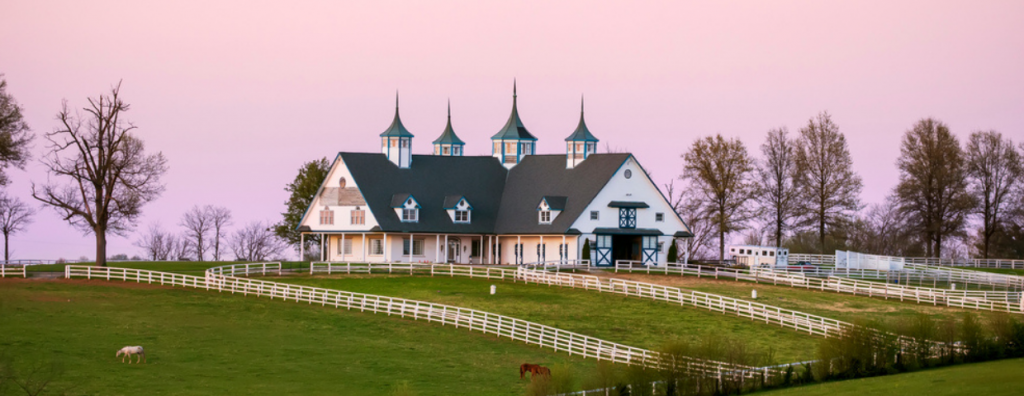
Buying a horse property is not your typical home purchase, especially for first time buyers. If you’ve never shopped for a horse property before, there is much to learn on the road to finding the best property for your needs. Working with an experienced Equestrian Advisor will also help ensure your home search and purchase go as smoothly as possible.
Horse Property Acreage
Just because a property has plentiful acreage doesn’t mean it will be suitable for horse care. The land must be flat-to-gently-sloped for grazing and provide adequate access to your horses’ basic needs. You want to look for properties with usable land – meaning there are not acres of unusable gullies, steep edges, or too many bodies of water that could make it difficult for your animals to navigate the property. Pay attention to local regulations about how much acreage is required per horse.
Zoning Instructions
If the property currently has horses or has in the past, do not assume it is an approved horse property. Part of your Equestrian Advisor’s job will be to ensure the property is in line with the local city, county, and/or HOA regulations for agriculture and livestock. Neglecting to verify the property could mean a significant financial setback if your horse property were the source of future legal issues and penalties.
Stable Inspections
When conducting the primary home inspection, be sure to have the barn and stables inspected as well. This could lead to higher upfront costs but skipping it could cause a huge headache later. Having a professional evaluate the barn and stables can reveal structural issues, electrical issues, or other potential problems that you would want to know about before you sign any paperwork.
Amenities
Housing horses and livestock on your property can be done with much more ease with a few convenient amenities. When touring prospective properties, look for the following:
- Frost-proof spigots in the pasture, arena, and turnouts
- Heated waterers in the stalls
- Sufficient hay storage area
- Tack room with a fridge for medication and supplements
- Wash bay
- Arena or training round pen
Your Routine
Transitioning to an equestrian lifestyle is a big adjustment, especially if this is your first time. Make sure you are taking your daily routine into consideration when looking at properties. How close are you to the barn? Where is the main water source? Careful planning every step of the way will make adapting to your new property much smoother and easier.
To connect with an experienced Equestrian Advisor today, click the link below:
Staggering Stat
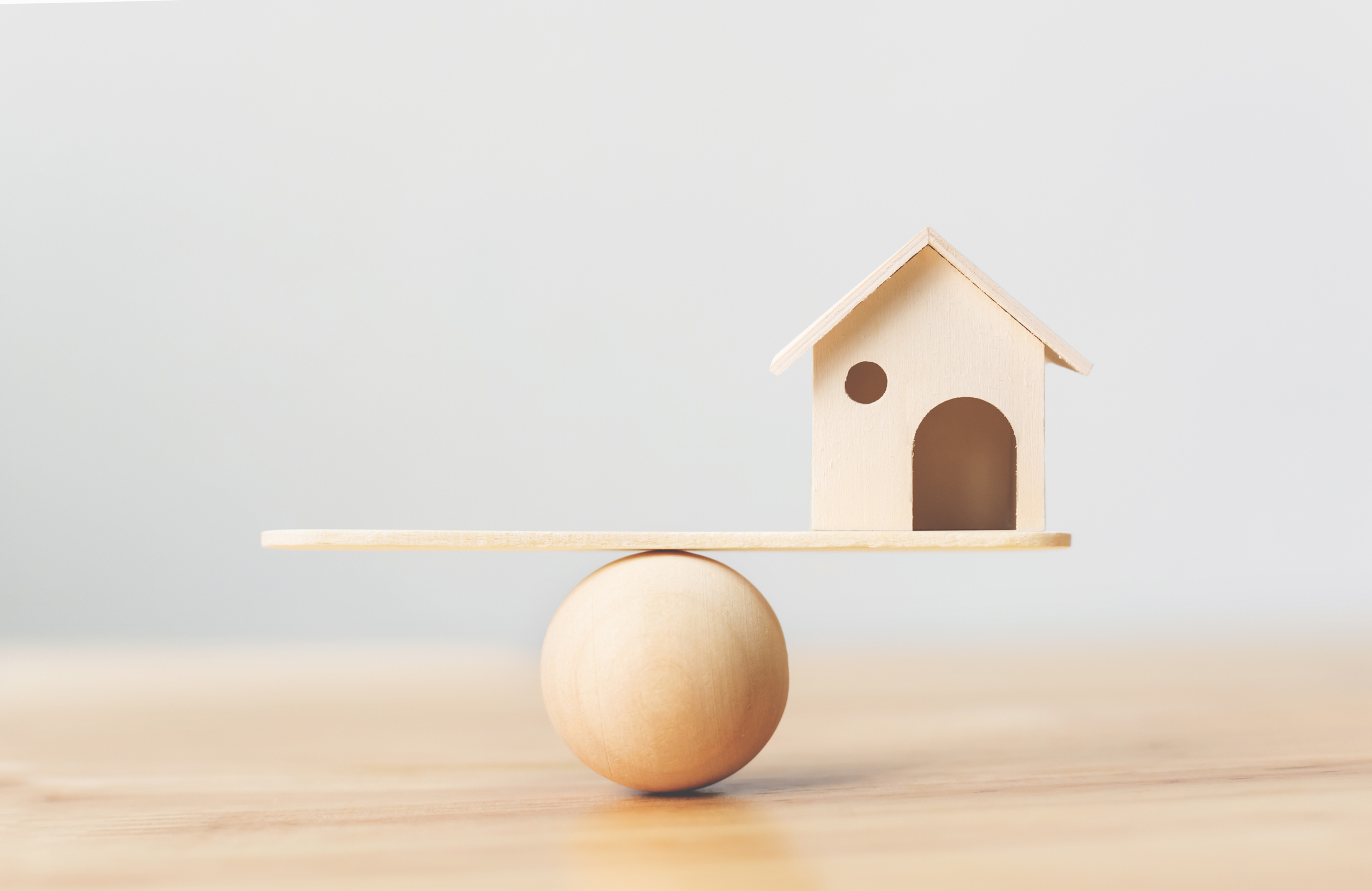
By definition, a real estate market is balanced when there is 4 to 6 months of inventory currently for sale.
Anything less than 4 to 6 months means a Sellers’ market, anything more means a Buyers’ market.
For example, if there are 1,000 closings per month in a market, the market would be balanced if 4,000 to 6,000 homes were available for sale.
Here is a staggering stat for you…
At the current pace of sales, the Front Range market would need 6 to 7 times more inventory for the market to be balanced.
This is why we don’t see any sort of significant market correction or anything resembling ‘the market crashing.’ Bottom line, the market is still undersupplied.
Here are the numbers:
• Larimer County has 441 properties for sale and would need 2,200 to be balanced.
• Weld County has 322 properties for sale and would need 2,000 to be balanced.
• Metro Denver has 3,023 properties for sale and would need 20,000 to be balanced.
6 Commonly Missed Cleaning Spots

It’s easy to get into a routine when cleaning your home season after season, year after year. While simply going over the same spots may make your home feel cleaner, at the same time, it allows the neglected areas to become dirtier. Here are six commonly missed spots around the home that, once given the attention they deserve, will help make your home feel completely clean.
6 Commonly Missed Cleaning Spots
1. Underneath & Behind Furniture
Dirt and dust love to hide in tough-to-reach, tucked-away spots like behind your nightstand, under your bed frame, and on the underside of your tables, chairs, and couches. Cleaning these areas may require some heavy lifting and rearranging but it’s worth your while. If enough dust and grime have accumulated over the years that your vacuum can’t remove the buildup, try using a washcloth to loosen the sediment.
2. Vents and Fans
Vents and fans not only collect dust, but they also distribute it around your home. Ceiling fans are one of the hardest spots in your home to reach, so you may need to use a ladder and an extended duster to clean them. Clean your vent grates with a dusting brush or a wire brush depending on the thickness of the buildup. If your home has central air, remember to replace your air filters periodically. A clean ventilation system is key to protecting your home’s air quality.
3. Bathroom Surfaces
We all know the feeling of picking up a rarely used shampoo bottle in the shower to discover a grimy ring underneath it. Wipe off your bottles and surfaces in the shower to keep it sparkling clean. Scrub away the debris from your shower head and soak it in a mixture of water and white vinegar to cleanse the device and to prevent a buildup of mineral deposits. To reach behind the toilet, you may need knee pads and an extended cleaning tool. Use a disinfectant-water mixture to prevent the spread of germs. Tackling chores like these will help make your bathroom feel brand new in no time.
4. Switches & Handles
Light switches, door handles, drawer pulls, and knobs are all hotbeds for germs and dirt and can easily be forgotten while cleaning your home. Take a two-step approach to cleaning these high-touch surfaces: first clean, then disinfect. Cleaning will get rid of contaminants, while disinfecting targets pathogens. The combination of the two will help make your home feel cleaner while reducing the spread of germs. Other high-touch surfaces such as keyboards, phones, tablets, and other devices require regular cleaning as well.
5. Appliances
It’s easy to think of your appliances strictly as devices that help your home stay clean and organized, but they are magnets for dirt and gunk, too. After cleaning out the refrigerator and scrubbing down the shelves, find the coils and clean them of debris with a vacuum or a brush. The floor underneath your refrigerator can be a seriously grimy spot, so a quick mop of that area is worth your while. Give your dishwasher a good cleanse to prevent mold buildup and bad odors. Remember to clean out the filter occasionally with soap and water. Cleaning your appliances routinely can help avoid repairs and can even extend their life expectancy.
6. Baseboards
Baseboards are the perfect settling point for dirt and dust. The space between your walls and floors is an easy trap for buildup, and upon closer inspection, you’ll find some combination of scuffs, dust, food remnants and scratch marks. To thoroughly clean your baseboards, you may need to move your furniture away from the walls but be careful not to scratch the floor or damage the baseboards. Wipe away the dust before cleaning the surface. Use either a mix of soap and water, water and vinegar, or the proper wood cleaner for wooden baseboards.
Tracking Change

The market is changing. The change is slight, not drastic.
Both potential sellers and potential buyers need to know that the pace of the market has slowed since the Spring.
Here is one way we track this change…
A review of the August numbers shows the pace of sales in each of our Front Range markets:
- Larimer County = 18 closings per day
- Weld County = 16 closings per day
- Metro Denver = 165 closings per day
Based on the pace of sales, we can determine the inventory of current homes for sale measured in days:
- Larimer County = 24 days of inventory
- Weld County = 23 days of inventory
- Metro Denver = 18 days of inventory
Then we can measure the increase in days of inventory versus April of this year:
- Larimer County = 26% increase
- Weld County = 15% increase
- Metro Denver = 20% increase
Charm + Character
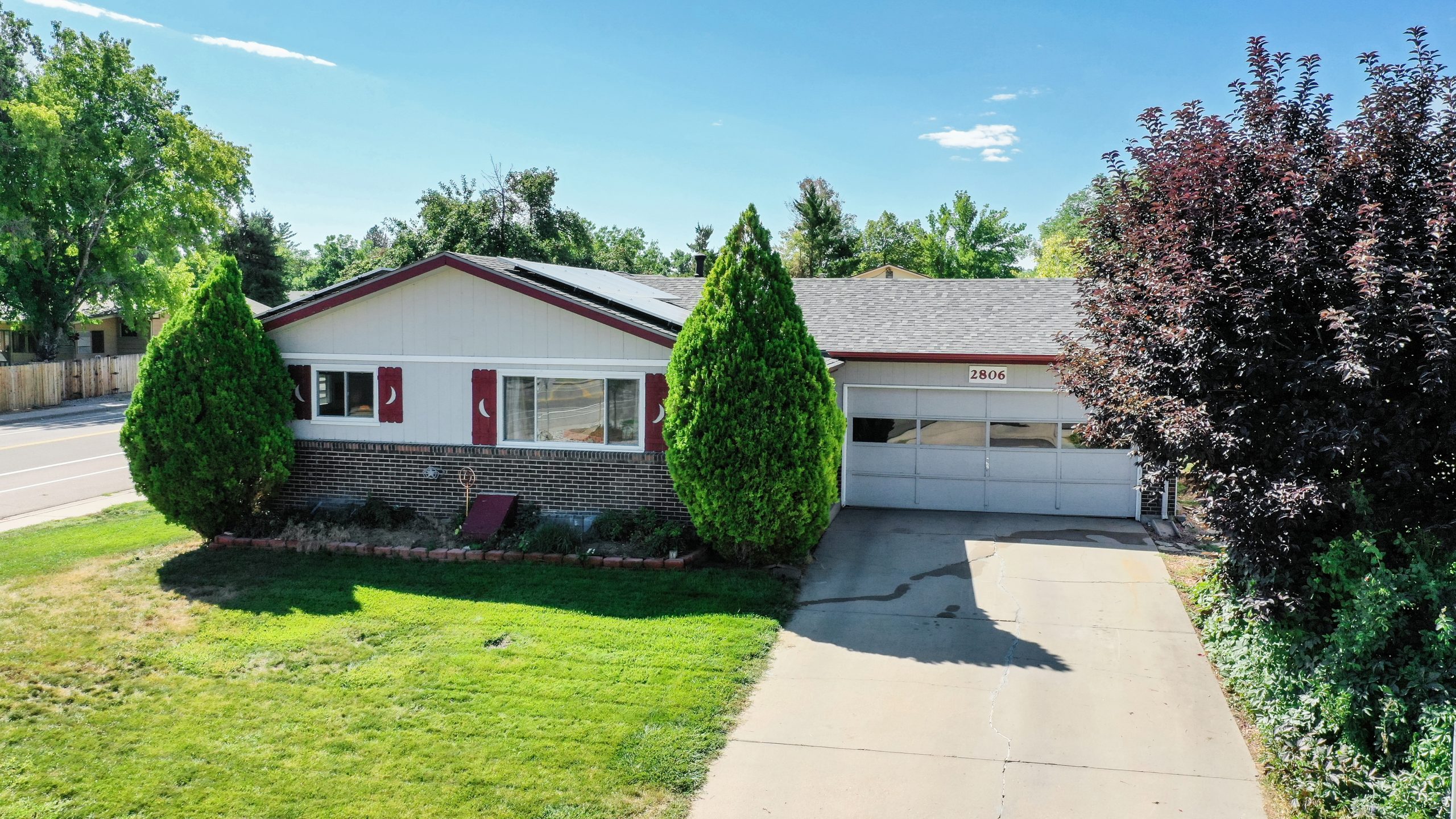
2806 W. 23rd Street, Greeley is a wonderful home on a corner lot in Cascade Park neighborhood. Located close to schools, parks, trails, shopping and dining. Spacious living room with loads of natural light and laminate wood floors. Updated baths and light fixtures throughout. Two bedrooms on the main and the lower level includes additional family room for entertaining, 3rd bedroom, an office/flex room and plenty of storage. Eat in kitchen with pantry opens to the spacious covered deck and large, fully fenced yard with shed, garden space and room to park boat/RV. Newer windows and roof with Class 4 Shingles. Central AC, sprinkler system and solar system w/panels. No HOA. Contact Kelly Swift at (970) 310-4876 to schedule your private tour or click here for more information.
Experience All Fort Collins Has to Offer!
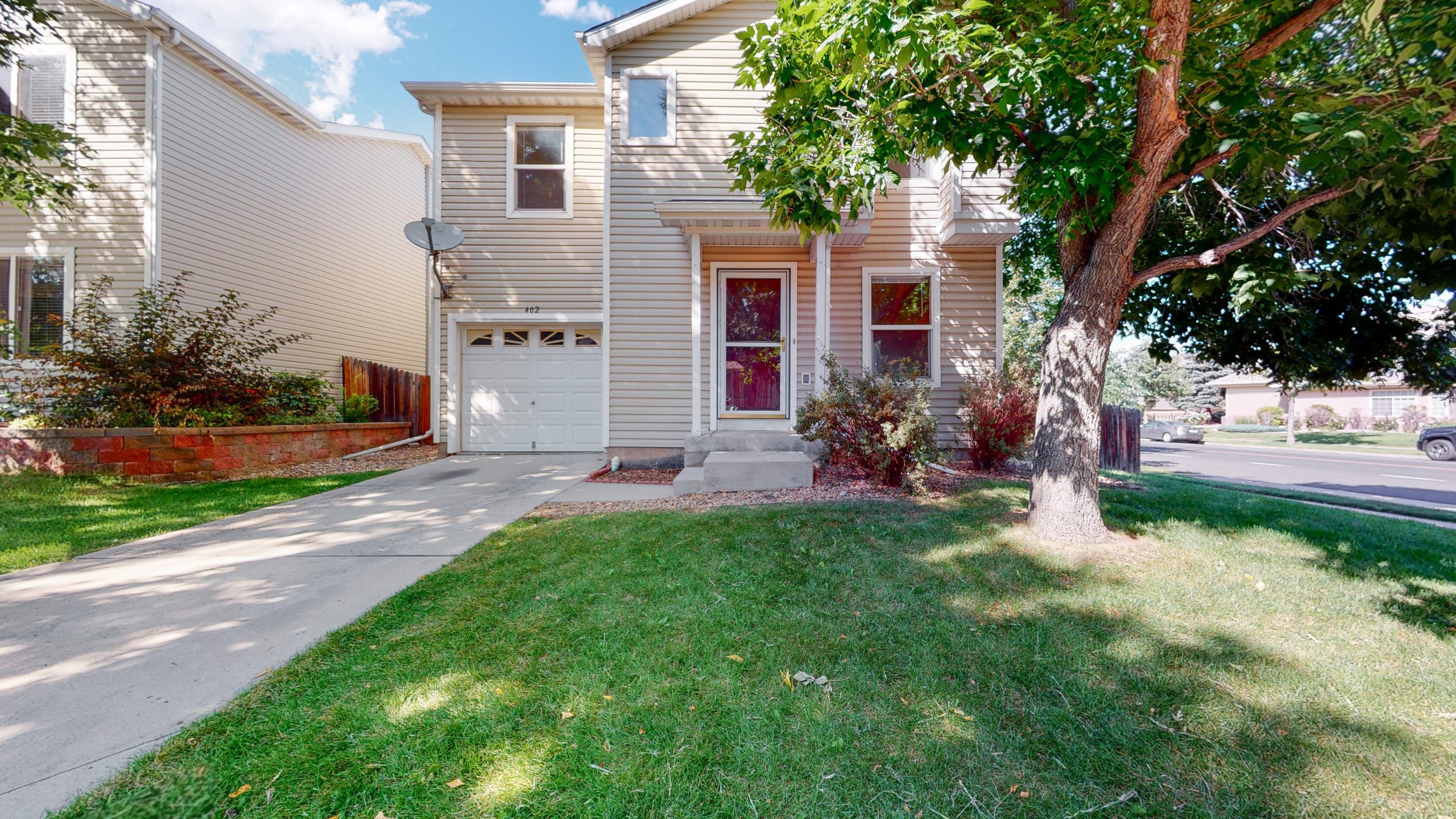
402 Riva Ridge Drive is a fantastic midtown location in Warren Farms! You will be able to easily get to the Max, trails or the Foothills Mall. This home is located on a corner lot with a fenced yard with mature trees, perfect for entertaining. The 3 bedroom 2 bathroom home has an open floor plan on the main floor. The kitchen has newer stainless steal appliances and plenty of countertop space for cooking. The primary bedroom has a full bathroom and a walk in closet. The washer and dryer are conveniently located on the 2nd floor next to the bedrooms and are included in the sale of the home. The one car attached garage with a door from the main living area is an added bonus to the home. Contact Rondi duPont at (970) 401-0123 to schedule your private tour or click the link here for more information.
 Facebook
Facebook
 X
X
 Pinterest
Pinterest
 Copy Link
Copy Link


